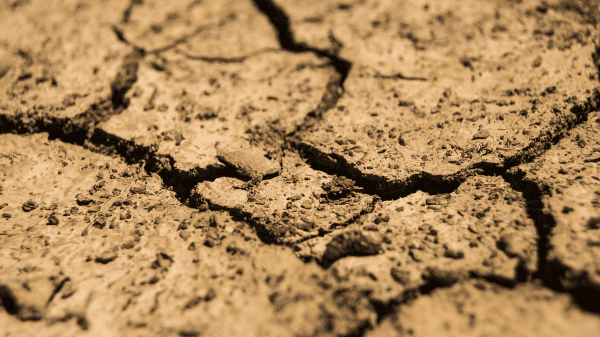There appears to be a mechanism in the human brain that sorts everything into Good News versus Bad News. What goes where, of course, depends upon the settings with which this mechanism has been programmed.
This item was immediately filed into my Bad News pigeonhole: more than a third of Midwestern farmland—nearly 100 million acres—
has lost its topsoil, according to a new study by researchers at the University of Massachusetts at Amherst, published in the Proceedings of the National Academy of Sciences.
The study indicates that 35 percent (plus or minus 11 percent) of land has lost its layer of topsoil and that this amount of loss has been “significantly underestimated.” Many hilltops throughout the region have been “completely denuded” of topsoil.

What’s the cost? Around 6 percent in crop yields, amounting to a dollar value of around $900 million, says the study.
“Saving the world’s agricultural soils is perhaps the most overlooked environmental challenge of this century,” writes David R. Montgomery in Nature, perhaps the world’s most respected scientific publication. “Driving through freshly tilled fields in rural Indiana a few years back, I was struck by how low points retained rich, black earth, yet on the hilltops, the khaki subsoil was completely exposed. I could see the land being shorn of fertility.”
When people hear “Midwest,” they usually think of big row crops like corn. Does topsoil loss only affect these crops? No.
Actually, it is “potentially a much bigger issue for vegetable crops” because they’re “typically lower biomass (return less residue),” observes Michelle Waner, a professor of environmental science at the University of Illinois-Urbana Champaign.
What’s causing the topsoil loss? “Tillage, residue removal, intense rainfall, on the West Coast fire-driven denudation,” replies Wander.
“Perennialization” is one answer, says Wander, “but many food and fiber stuffs are annual crops, so we need to do better with them.”
She ticks off a list of measures: “reduced tillage, high residue management systems, better equipment to manage in high res systems (we are getting there), cover crops that add organic matter, timely tillage/strip or ridge till if needed, increase infiltration, increase water holding, reduce run off.”
She adds that no-till, a major erosion control strategy, is “not so much an option for many horticultural crops,” although they “have many more options to use mulches and controlled traffic.”
Let’s hope that enough of the ag world starts thinking about measures like these so we can push the issue into the Good News category.



